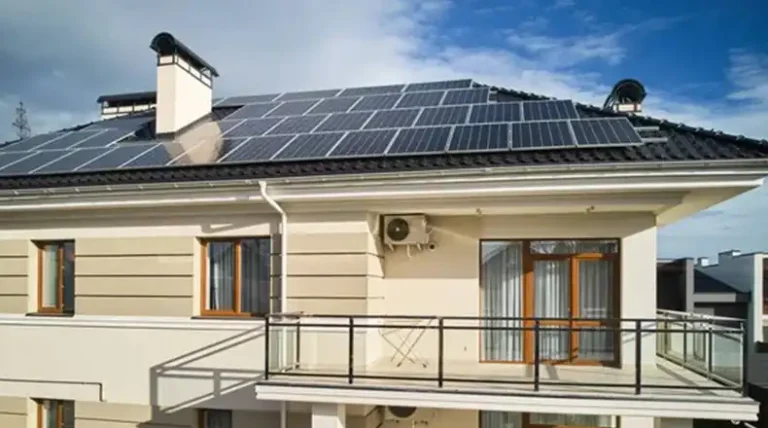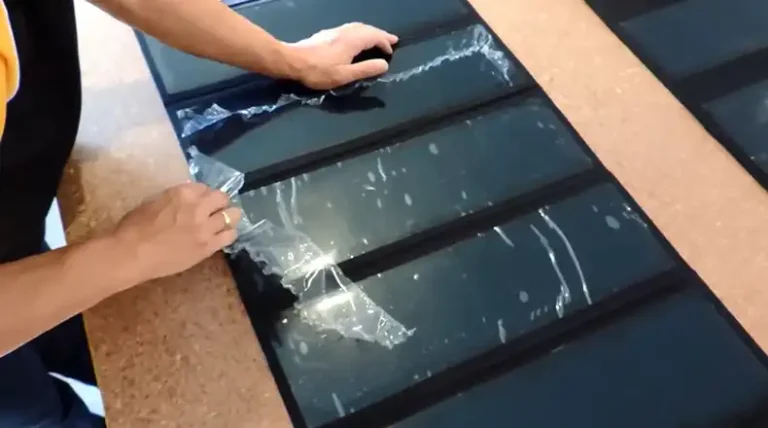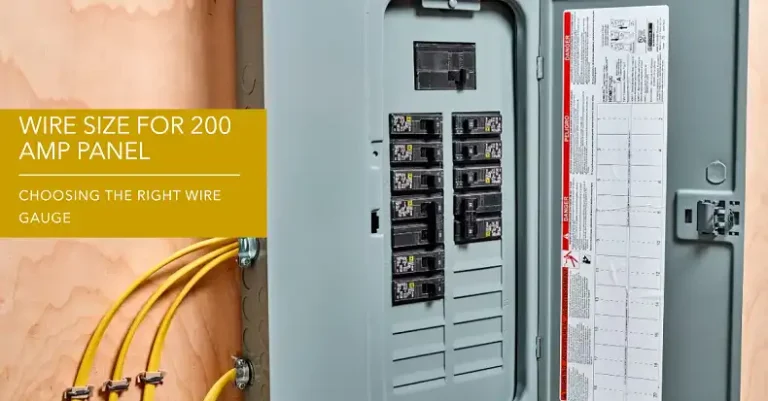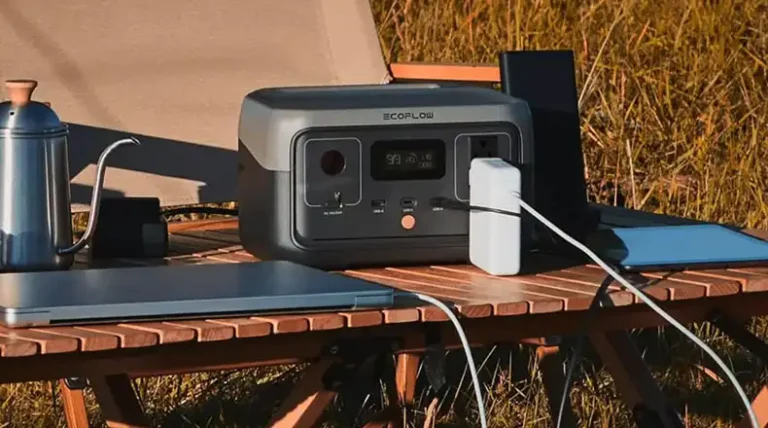How to Make Your PV Mounting Snow Tolerant?
In regions where snowfall is common, solar energy enthusiasts face unique challenges. Snow-tolerant PV mounting is a crucial solution for maintaining solar panel efficiency in snowy climates. In this article, we’ll explain how to make your PV mounting snow tolerant. So, without further ado, let’s begin.
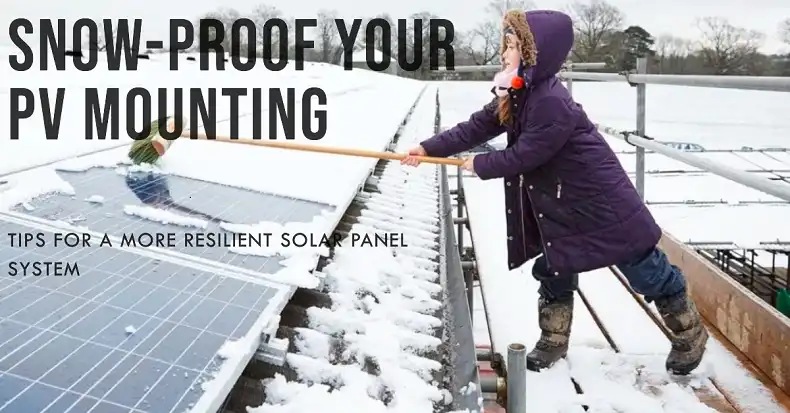
Why It’s Important to Make Your PV Mounting Snow Tolerant
Snow load, the weight of accumulated snow on structures, poses a significant threat to solar installations. In areas with heavy snowfall, this load can reach up to 50 pounds per square foot, potentially damaging poorly designed systems. Snow tolerant PV mounting addresses this challenge head-on, ensuring your solar investment remains safe and productive year-round.
The impact of snow on solar panel efficiency is substantial. A study by the National Renewable Energy Laboratory found that snow coverage can reduce annual energy production by up to 15% in snowy regions. However, with proper mounting solutions, this loss can be minimized to less than 5%.
Types of Snow-Tolerant PV Mounting Systems
Several mounting options cater to snowy environments, each with its own set of advantages:
- Elevated Racking Systems: These systems raise panels higher off the ground or roof, allowing snow to fall through gaps. They typically elevate panels by 12-18 inches, reducing snow accumulation by up to 30%.
- Steep-Angle Mounting: By increasing the tilt angle to 40-60 degrees (compared to the standard 30-35 degrees), these mounts encourage snow to slide off more easily. This approach can improve winter energy production by up to 25%.
- Dual-Axis Tracking Systems: These advanced systems adjust panel orientation throughout the day and can be programmed to increase tilt during snowy periods. While more expensive, they can boost overall energy production by 30-45% compared to fixed systems.
- Specialized Snow-Shedding Designs: Incorporating features like smooth surfaces and heated elements, these designs actively prevent snow buildup. They can reduce snow-related energy losses by up to 40% in heavy snow areas.
| Mounting Type | Snow Reduction | Cost Increase | Energy Production Boost |
| Elevated Racking | Up to 30% | 10-15% | 5-10% |
| Steep-Angle | Up to 50% | 5-10% | 15-25% |
| Dual-Axis Tracking | Up to 60% | 30-40% | 30-45% |
| Snow-Shedding | Up to 40% | 20-25% | 10-20% |
Table: Comparison of Snow Tolerant PV Mounting Types
What Do You Need to Consider When Designing PV Mounting for Snowy Climates
When designing a snow tolerant PV system, several factors come into play, which you need to consider to achieve a PV mounting system that’s snow tolerant. Let’s take a look at those.
First of all, ensure structural integrity. Mounts must withstand not just snow loads, but also wind and extreme temperatures. For example, in areas with annual snowfall exceeding 100 inches, mounting structures should be rated to handle loads of at least 50 lbs/ft².
Consider proper panel spacing. Wider gaps between panels, typically 1-2 inches, allow for better snow shedding. This small adjustment can improve winter performance by up to 8%. The same goes for tilt angle. Steeper angles shed snow more effectively. In regions with heavy snowfall, consider increasing the tilt to 45-60 degrees during winter months.
Finally, consider some anti-icing measures. Hydrophobic coatings can reduce ice formation by up to 60%, significantly improving system performance during freeze-thaw cycles.
What Materials Work Best for PV Mounting in Cold Climates
Choosing the right materials is crucial for longevity and performance in harsh winter conditions. Start with choosing corrosion-resistant metals. Aluminum and stainless steel are popular choices, offering excellent durability. These materials can withstand over 20 years of exposure to snow and ice without significant degradation.
When it comes to choosing the plastics, choose ones that can tolerate low temperatures. For components like cable ties and insulators, materials rated for temperatures as low as -40°F (-40°C) are essential to prevent cracking and failure.
Finally, if you can afford it, opt for advanced photovoltaic cells that can function efficiently in colder climates. Some modern solar cells are designed to perform better in cold weather, with efficiency improvements of up to 5% compared to standard cells.
How to Install PV Systems Making it More Snow Tolerant
Proper installation is key to the success of snow-tolerant PV systems. Here’s what you need to consider:
- Ground Preparation: For ground-mounted systems, ensure a stable foundation that can handle frost heave. This may involve digging foundations up to 4 feet deep in areas with deep frost lines.
- Panel Height: Install the lowest panel at least 18 inches above the maximum expected snow depth to prevent burial.
- Cable Management: Use UV and cold-resistant cables, and protect wiring from ice damage by running it through sealed conduits.
Maintenance and Snow Removal
Even with all these preparations, regular maintenance is necessary if you want your solar panel to perform with maximum efficiency. Conduct thorough checks at least twice a year, before and after the snow season.
Use specialized tools like roof rakes with roller bars to safely clear snow without damaging panels. Never use metal tools or salt, as these can harm the panel surface. Clean panels at least once per season using soft brushes and non-abrasive cleaners to maintain optimal performance.
Frequently Asked Questions
Can I use a snow rake on my solar panels?
While the idea might seem tempting, using a snow rake on your solar panels is generally not recommended. Solar panels are fragile, and using a rake can potentially damage them. The best approach is to use a soft brush or broom to gently remove snow. For heavier snow, consider using a leaf blower on low speed, maintaining a safe distance to avoid damage.
Can I put heat tape on my solar panels?
Using heat tape on solar panels is generally not advisable. Heat tape is designed for pipes and other smaller surfaces, and it might not be effective for melting snow off entire solar panels. Additionally, it could potentially damage the panels or create safety hazards. If you’re looking for a heating solution, consider dedicated solar panel heating systems designed for this purpose.
Can you use an ice scraper on solar panels?
Similar to snow rakes, ice scrapers can also damage your solar panels. The hard edge of the scraper can scratch the delicate surface of the panels. It’s always safer to opt for gentler cleaning methods like warm water and a soft cloth for removing ice.
Do solar panels generate enough heat to melt snow?
Solar panels do generate some heat, but typically not enough to melt a significant amount of snow. While the panels themselves can warm up slightly, it’s often insufficient to overcome the cold temperatures and melt accumulated snow. This is why methods like tilting the panels, using anti-reflective coatings, or installing snow melting systems might be necessary in areas with heavy snowfall.
How to remove heavy snow?
Removing heavy snow from solar panels requires caution. Avoid using sharp tools or heavy force. Instead, opt for a soft brush or broom to gently break up the snow. If the snow is compacted, warm water can help loosen it up before brushing. Always work from the bottom of the panel upwards to prevent water from seeping into the electrical components.
What is the snow load for solar panels?
Snow load refers to the weight of accumulated snow on a surface, including solar panels. It’s essential to consider the snow load in your region when installing solar panels to ensure the mounting system can safely support the weight. Factors like panel tilt, location, and local climate influence the snow load your system will experience. Consulting with a solar installer can help determine the appropriate snow load for your area.

